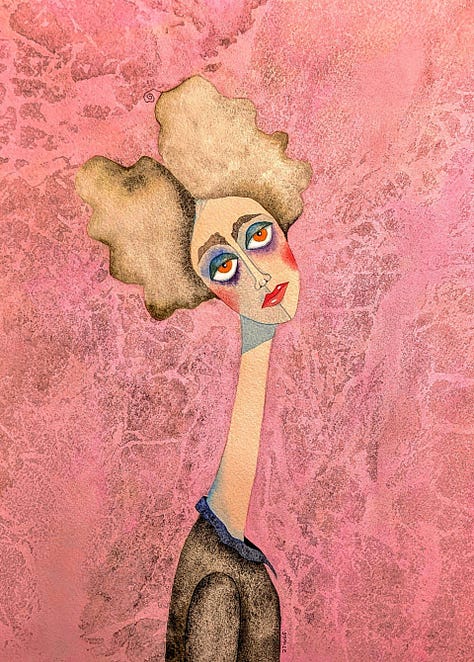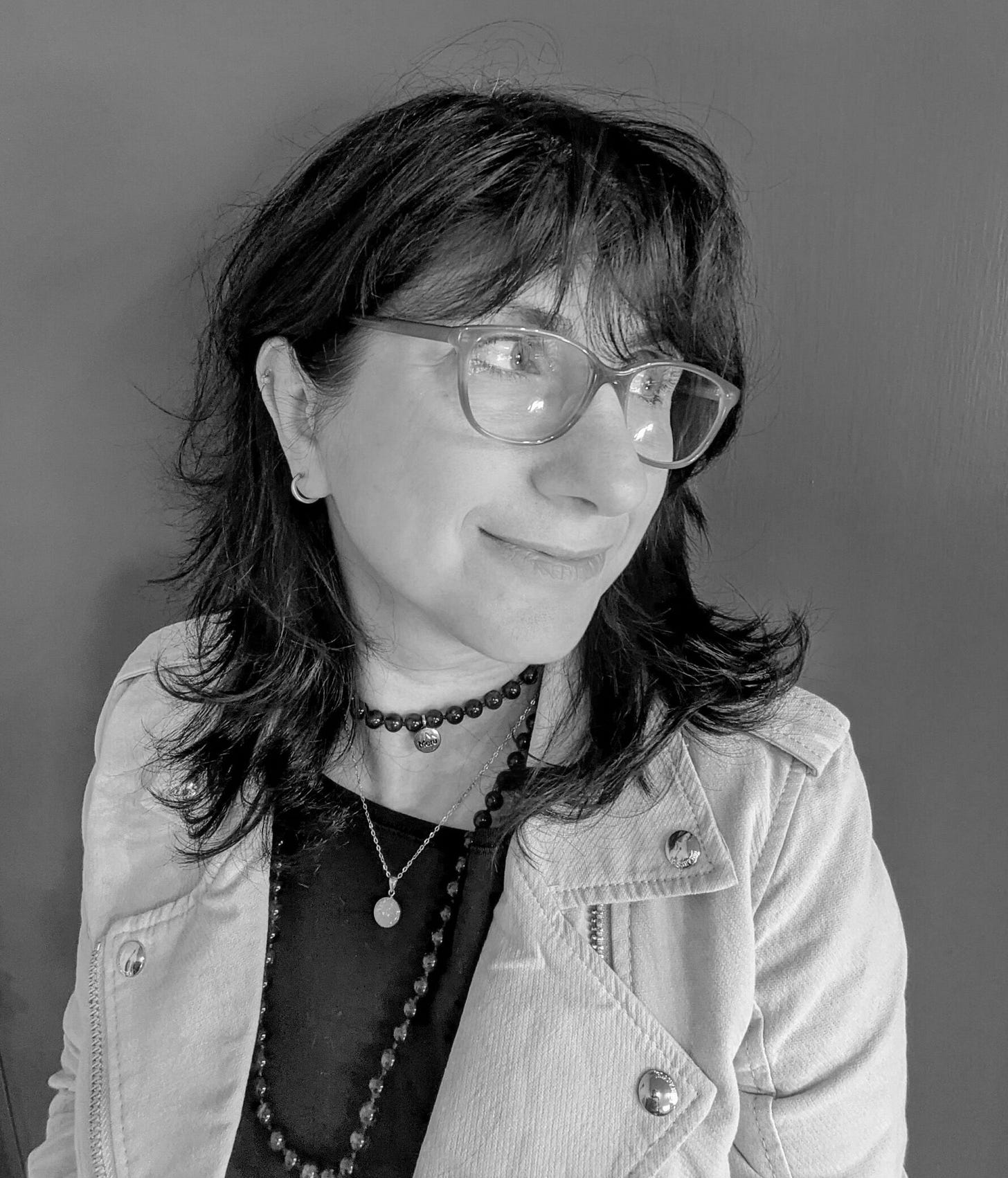Dark Emotions as Defiance
Should art celebrate the shadow feelings—rage, fear, pain? Artist Gamze Seckin dares to expose the complex emotional terrain of her watercolor women.
In the world of art, an artist can explore beauty, love, and joy with relative ease. Such emotions are expected, celebrated—sometimes subtly required by institutions and audiences alike. And within the artistic psyche, these acceptable feelings come with little friction or resistance. But what of hate, anger, fear, and envy? Should an artist never explore these darker, more taboo human emotions? Are we willing to sit in our own discomfort when confronted with a visual representation of feelings that bring us more shame than relief? Visual artist Gamze Seckin gives us an opportunity to embrace that discomfort. Her figurative work is striking and expressive—mostly female figures alone staring into the distance with irritation, grief, rage, and other “negative” emotions etched into their visage.



Keep reading with a 7-day free trial
Subscribe to Artists Up Close to keep reading this post and get 7 days of free access to the full post archives.


